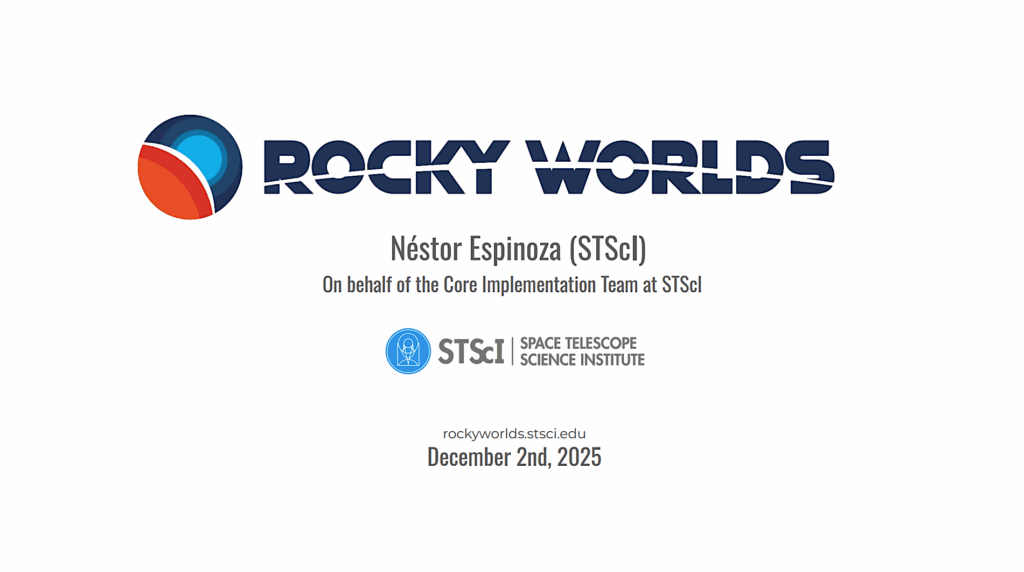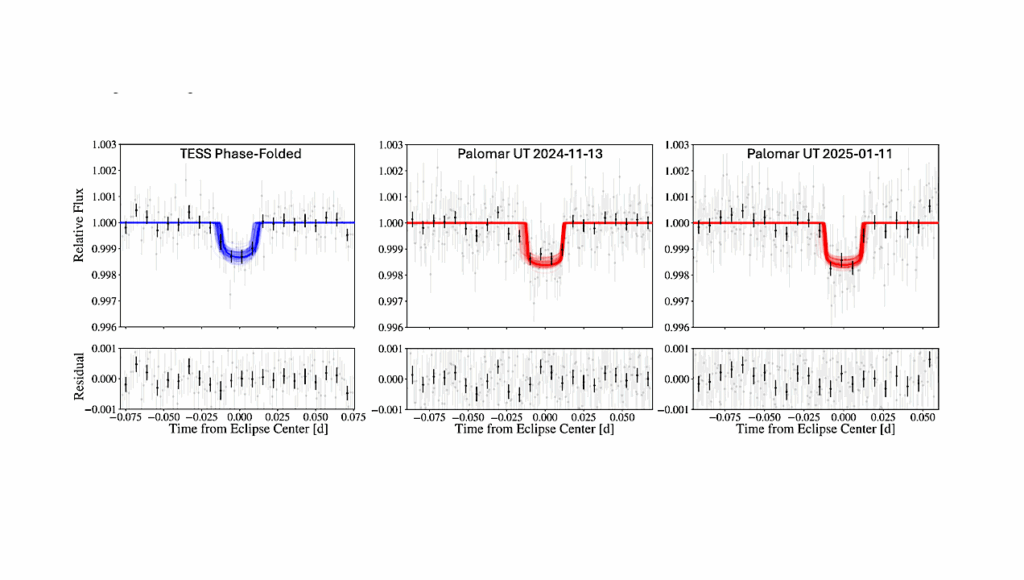Circumbinary Exoplanets And Brown Dwarfs With LISA

We explore here the prospects for detection of both giant circumbinary exoplanets, and brown dwarfs orbiting Galactic double white dwarfs binaries (DWDs) with the LISA mission.
By assuming an occurrence rate of 50%, motivated by white dwarf pollution observations, we build a Galactic synthetic population of P-type giant exoplanets and brown dwarfs orbiting DWDs. We do so by injecting different sub-stellar populations, with various mass and orbital separation characteristics, into the DWD population used in the LISA mission proposal. We then perform a Fisher matrix analysis to measure how many of these three body systems show a periodic Doppler-shifted gravitational wave perturbation detectable by LISA.
We report the number of circumbinary planets (CBPs) and brown dwarfs (BD) that can be detected by LISA for different combinations of mass and semi-major axis distributions. We identify a pessimistic and optimistic scenario corresponding respectively to 3 and 83 (14 and 2218) detections of CBPs (BDs), observed during the length of the nominal LISA mission. These detections are distributed all over the Galaxy following the underling DWD distribution, and they are biased towards DWDs with higher LISA signal-to-noise ratio and shorter orbital period. Finally, we show that, if LISA were to be extended for 4 more years, the number of systems detected will be more than doubled in both optimistic and pessimistic scenarios.
Our results present promising prospects for the detection of post-main sequence exoplanets and brown dwarfs, showing that gravitational waves can prove the existence of these populations over the totality of the Milky Way. LISA detections will deepen our knowledge on the life of exoplanets subsequent to the most extreme evolution phases of their hosts, clarifying whether new phases of planetary formation take place later in the life of the stars.
Camilla Danielski, Valeriya Korol, Nicola Tamanini, Elena Maria Rossi
(Submitted on 11 Oct 2019)
Comments: 16 pages, 8 figures, accepted for publication in A&A
Subjects: Earth and Planetary Astrophysics (astro-ph.EP); Instrumentation and Methods for Astrophysics (astro-ph.IM); Solar and Stellar Astrophysics (astro-ph.SR); General Relativity and Quantum Cosmology (gr-qc)
Cite as: arXiv:1910.05414 [astro-ph.EP] (or arXiv:1910.05414v1 [astro-ph.EP] for this version)
Submission history
From: Camilla Danielski
[v1] Fri, 11 Oct 2019 21:12:17 UTC (2,657 KB)
https://arxiv.org/abs/1910.05414
Astrobiology








